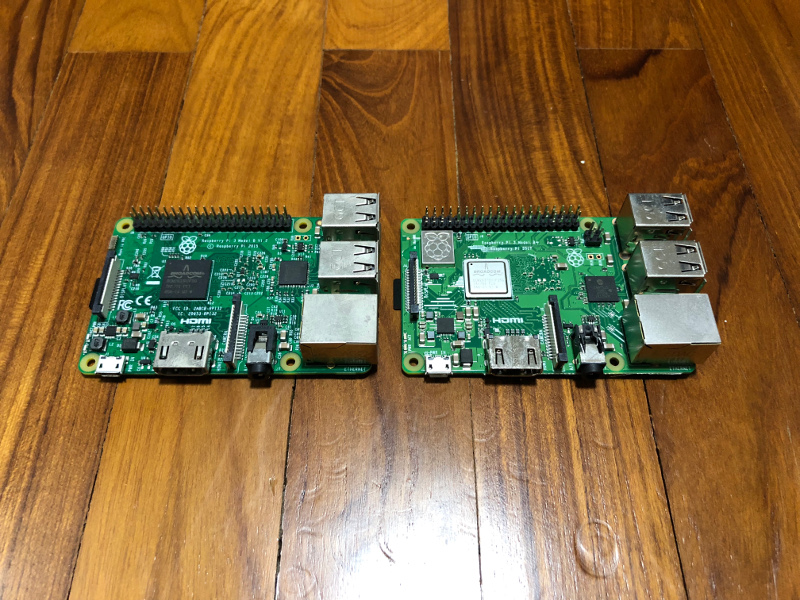How to setup a reverse proxy server with nginx, Raspian Jessie Lite and Raspberry Pi 3
If you plan to deploy multiple devices at home and made them publicly accessible from outside your home network, you may want to consider setting up a reverse proxy server that will route HTTP traffic from the internet to the respective devices residing in your home network.
Tagged with an affordable price tag with good specifications, the Raspberry Pi 3 is an ideal candidate for the hardware of a reverse proxy server at home. And since the nginx server is a powerful reverse proxy server that can run efficiently on commodity hardware, it is an ideal candidate for the software aspect of a reverse proxy server.
This post documents how to setup a reverse proxy server with nginx, Raspian Jessie Lite and Raspberry Pi 3.


Follow us